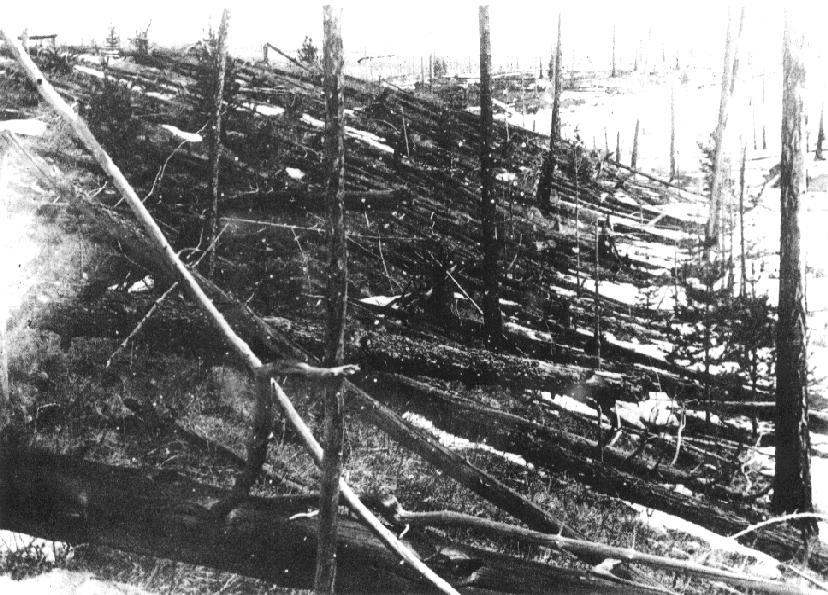| Author | Message |
Happy Asteroid Day, everybody!
There are more than 700,000 known asteroids, but how much do you know about these rocky remnants left over from the birth of our solar system 4.6 billion years ago?
1. A Place in SpaceAsteroids—named by British astronomer William Herschel from the Greek expression meaning “star-like"—are rocky, airless worlds that are too small to be called planets. But what they might lack in size they certainly make up for in number: An estimated 1.1 to 1.9 million asteroids larger than 1 kilometer are in the Main Belt between the orbits of Mars and Jupiter. And there are millions more that are smaller in size. Asteroids range in size from Vesta—the largest at about 329 miles (529 kilometers) wide—to bodies that are just a few feet across. 2. What Lies BeneathAsteroids are generally categorized into three types: carbon-rich, silicate, or metallic, or some combination of the three. Why the different types? It all comes down to how far from the sun they formed. Some experienced high temperatures and partly melted, with iron sinking to the center and volcanic lava forced to the surface. The asteroid Vesta is one example we know of today. 3. Small OverallIf all of the asteroids were combined into a ball, they would still be much smaller than the Earth’s moon. 4. Except for a Big OneIn 1801, Giuseppe Piazzi discovered the first and then-largest asteroid, Ceres, orbiting between Mars and Jupiter. Ceres is so large that it encompasses about one-fourth of the estimated total mass of all the asteroids in the asteroid belt. In 2006, its classification changed from asteroid to as a dwarf planet. 5. Mission to a Metal WorldNASA’s Psyche mission will launch in 2022 to explore an all-metal asteroid—what could be the core of an early planet—for the very first time. And in October 2021, the Lucy mission will be the first to visit Jupiter’s swarms of Trojan asteroids. 6. Near-Earth AsteroidsThe term ‘near’ in near-Earth asteroid is actually a misnomer; most of these bodies do not come close to Earth at all. By definition, a near-Earth asteroid is an asteroid that comes within 28 million miles (44 million km) of Earth’s orbit. As of June 19, 2017, there are 16,209 known near-Earth asteroids, with 1,803 classified as potentially hazardous asteroids (those that could someday pose a threat to Earth). 7. Comin’ in HotAbout once a year, a car-sized asteroid hits Earth’s atmosphere, creates an impressive fireball, and burns up before reaching the surface. 8. But We’re Keeping an Eye OutGround-based observatories and facilities such as Pan-STARRS, the Catalina Sky Survey, and ATLAS are constantly on the hunt to detect near-Earth asteroids. NASA also has a small infrared observatory in orbit about the Earth: NEOWISE. In addition to detecting asteroids and comets, NEOWISE also characterizes these small bodies. 9. Buddy SystemRoughly one-sixth of the asteroid population have a small companion moon (some even have two moons). The first discovery of an asteroid-moon system was of asteroid Ida and its moon Dactyl in 1993. 10. Earthly Visitors
| |
- E-mail - orgNote -  Report post to moderator Report post to moderator |
"Music gives a soul to the universe, wings to the mind, flight to the imagination and life to everything." --Plato
https://youtu.be/CVwv9LZMah0 | |
- E-mail - orgNote -  Report post to moderator Report post to moderator |
| |
- E-mail - orgNote -  Report post to moderator Report post to moderator |
| |
- E-mail - orgNote -  Report post to moderator Report post to moderator |
 New topic
New topic Printable
Printable




